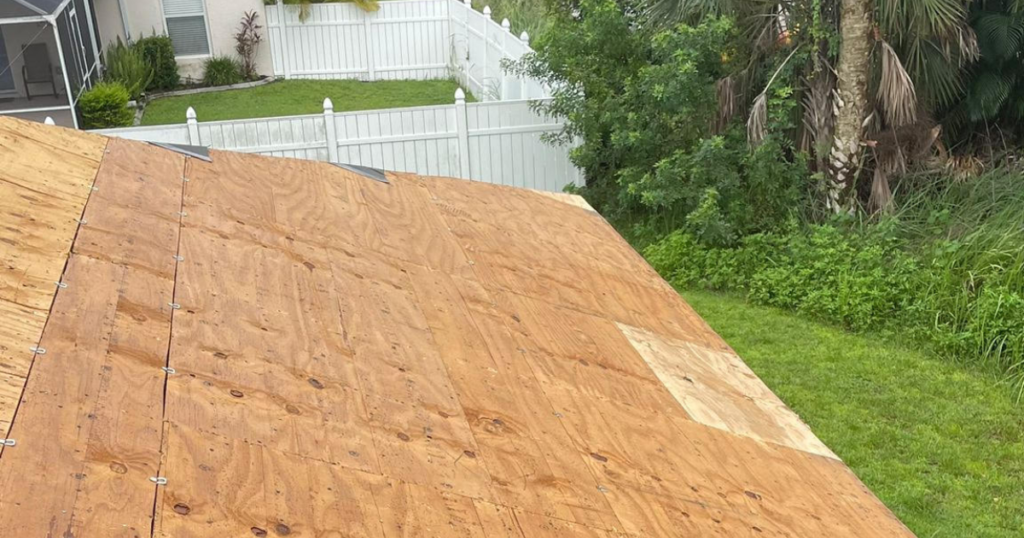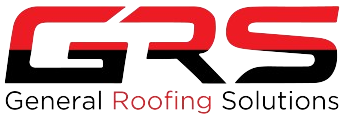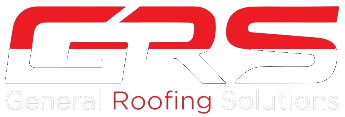Maintaining your roof is one of the most crucial aspects of home care. A well-maintained roof not only prolongs the life of your home but also protects it from the elements, reducing the need for costly repairs in the future. Understanding the best practices for roof maintenance and roof repair can save you time, money, and stress, ensuring your roof remains in excellent condition year-round. Don’t wait until it’s too late schedule a professional roof maintenance service today! Our experts are here to help you keep your roof in top condition and prevent costly roof repairs down the line.

The Importance of Regular Roof Maintenance
Your roof is constantly exposed to the elements sun, rain, wind, and snow all of which can take a toll on its structure over time. Regular roof maintenance is essential to catching small problems before they turn into major issues. By inspecting and cleaning your roof regularly, you can identify potential problems early and address them before they require significant roof repair.
Neglecting roof maintenance can lead to a variety of problems, including:
Leaks: Small cracks or missing shingles can lead to water infiltration, causing leaks that damage the interior of your home.
Mold and Mildew: Moisture trapped in your roof can promote the growth of mold and mildew, which can be harmful to your health and weaken your roof’s structure.
Structural Damage: Over time, neglected roofs can suffer from severe structural damage, leading to expensive roof repair or even the need for a full roof replacement.
Regular roof maintenance helps to extend the lifespan of your roof, maintain your home’s value, and avoid the stress and expense of emergency roof repairs.
How to Safely Clean Your Roof
Cleaning your roof is a key part of roof maintenance, but it must be done carefully to avoid damaging the roofing materials and compromising your safety. Here’s a step-by-step guide on how to safely clean your roof:
1. Inspect Your Roof
Before you begin any cleaning, inspect your roof for signs of damage. Look for missing, cracked, or curling shingles, as well as areas where moss, algae, or debris have accumulated. If you notice any significant issues, it’s best to call a professional for roof repair before attempting to clean the roof yourself.
2. Gather the Right Equipment
To clean your roof safely, you’ll need the right equipment, including:
Ladder: Use a sturdy, well-placed ladder to access your roof. Ensure it’s on level ground and properly secured.
Safety Gear: Wear non-slip shoes, gloves, and a safety harness if necessary, to protect yourself from falls.
Soft-Bristled Brush: Use a soft-bristled brush or broom to remove debris and gently scrub away moss or algae.
Garden Hose: A garden hose with a sprayer attachment is ideal for rinsing your roof without using high pressure, which can damage shingles.
Avoid using a pressure washer for roof cleaning, as the high pressure can strip away granules from asphalt shingles or even dislodge them entirely, leading to the need for roof repair.
3. Remove Debris
Start by removing any large debris from your roof, such as branches, leaves, or dirt. Use a soft-bristled brush or broom to sweep the debris off, starting from the top and working your way down. Be gentle to avoid damaging the shingles.
4. Treat Moss and Algae
If you notice moss or algae on your roof, treat it with a specialized roof cleaner or a mixture of water and bleach (in a ratio of 3:1). Apply the solution using a garden sprayer, and let it sit for about 15-20 minutes to kill the moss or algae. Afterward, gently scrub the affected areas with a soft-bristled brush and rinse thoroughly with your garden hose.
Preventing moss and algae growth is a critical part of roof maintenance. Consider installing zinc or copper strips along the ridge of your roof, which will release small amounts of metal ions when it rains, inhibiting the growth of moss and algae.
5. Clean the Gutters
While cleaning your roof, don’t forget to clean your gutters. Clogged gutters can lead to water backup, causing water to seep under your shingles and leading to leaks. Use a ladder to carefully remove leaves and debris from your gutters, ensuring water can flow freely away from your roof and foundation.
When to Call a Professional for Roof Maintenance
While regular roof maintenance can be handled by homeowners, there are times when it’s best to call in a professional.
Here’s when you should consider hiring an expert for roof repair or maintenance:
While regular roof maintenance can be handled by homeowners, there are times when it’s best to call in a professional. Here’s when you should consider hiring an expert for roof repair or maintenance:
After Severe Weather: If your roof has been exposed to severe weather, such as a storm or heavy snowfall, it’s wise to have a professional inspect it for damage. They can identify issues that might not be visible from the ground and recommend necessary roof repairs.
If You Notice Damage: If you see signs of damage, such as missing shingles, sagging areas, or leaks, contact a roofing professional immediately. Delaying roof repair can lead to more extensive damage and higher repair costs.
For Annual Inspections: Even if you don’t notice any problems, scheduling an annual roof inspection is a smart move. A professional roofer can identify potential issues early and perform preventative maintenance, helping you avoid costly roof repairs in the future. Keep your roof in peak condition with our expert roof maintenance services. Contact us today to schedule an inspection and ensure your roof is ready to withstand the elements!
Essential Roof Maintenance Tips
To keep your roof in top shape, follow these essential roof maintenance tips:
- Trim Overhanging Branches
Trees with overhanging branches can cause damage to your roof, especially during storms. Trim back any branches that are close to or touching your roof to prevent them from scraping the shingles or falling onto your roof during high winds.
- Check for Loose or Missing Shingles
Regularly inspect your roof for loose, cracked, or missing shingles. These can be early signs of wear and tear that, if left unaddressed, may lead to leaks or more severe roof repair needs. Replace any damaged shingles promptly to maintain the integrity of your roof.
- Clear Snow and Ice in Winter
In colder climates, snow and ice can accumulate on your roof, leading to ice dams that can cause leaks and water damage. Use a roof rake to carefully remove snow from the roof’s edge, and consider installing heat cables to prevent ice dams from forming.
- Monitor for Leaks
Regularly check your attic and ceilings for signs of leaks, such as water stains, damp insulation, or musty odors. If you detect a leak, address it immediately with professional roof repair to prevent further damage to your home’s interior.
- Inspect Flashing
Flashing is the material used around chimneys, vents, and other roof penetrations to prevent water from seeping in. Over time, flashing can become loose or corroded, leading to leaks. Inspect the flashing during your roof maintenance routine, and have any damaged sections repaired or replaced.
The Role of Roof Maintenance in Extending Roof Lifespan
Regular roof maintenance plays a crucial role in extending the lifespan of your roof. By proactively addressing minor issues, such as loose shingles or clogged gutters, you can prevent these problems from escalating into more significant and costly roof repairs. A well-maintained roof can last for decades, providing reliable protection for your home and reducing the need for premature replacement.
In addition to extending your roof’s lifespan, roof maintenance also helps to maintain your home’s value. A roof in good condition enhances your home’s curb appeal and can be a key selling point if you decide to put your property on the market.
DIY vs. Professional Roof Maintenance
While some aspects of roof maintenance can be handled by homeowners, there are certain tasks that are best left to professionals. Here’s a comparison of DIY and professional roof maintenance:
DIY Roof Maintenance
Pros: Cost-effective, allows you to spot minor issues early, and can be done at your convenience.
Cons: Requires time, effort, and physical ability; potential safety risks, especially when working on a ladder or roof; and a lack of professional expertise may lead to missed issues.
Professional Roof Maintenance
Pros: Expert inspection and repair, access to specialized tools and materials, and comprehensive service that ensures all aspects of your roof are in good condition.
Cons: Higher upfront cost compared to DIY, but often saves money in the long run by preventing major roof repairs.
Ultimately, the choice between DIY and professional roof maintenance depends on your comfort level, the condition of your roof, and your ability to perform the necessary tasks safely. For major repairs or annual inspections, it’s always best to hire a professional to ensure your roof is properly cared for. Protect your home with expert roof maintenance and roof repair services. Contact us today to schedule your inspection and keep your roof in top condition all year long.
In Conclusion
Maintaining your roof through regular roof maintenance and prompt roof repair is essential for the longevity and safety of your home. By following the tips and guidelines outlined in this article, you can ensure your roof remains in excellent condition, protecting your home from the elements and avoiding costly repairs. Whether you choose to handle some of the roof maintenance tasks yourself or hire a professional, the key is to stay proactive and address any issues as soon as they arise. With proper care, your roof can provide reliable protection


